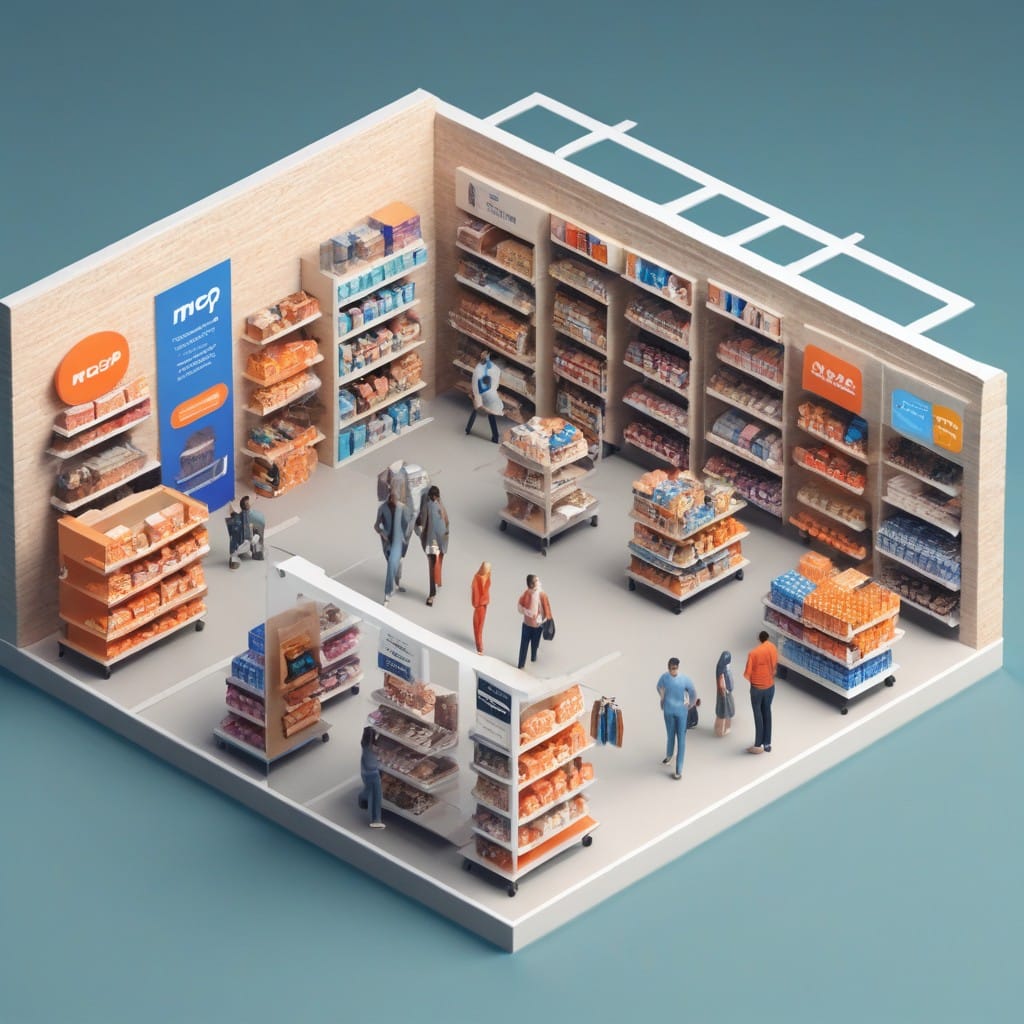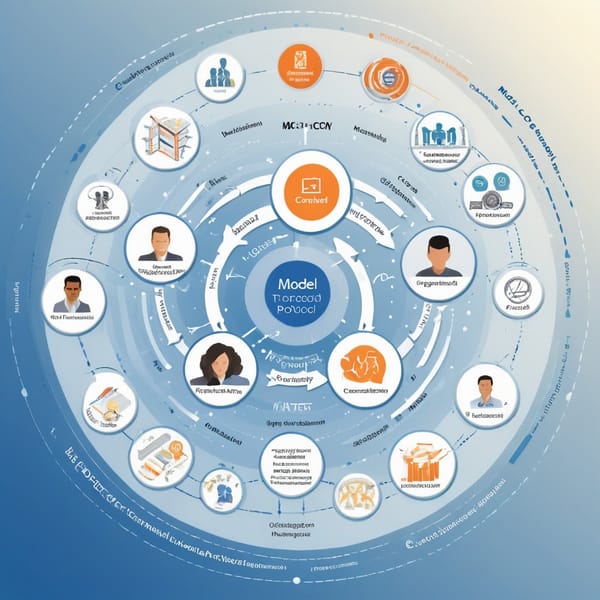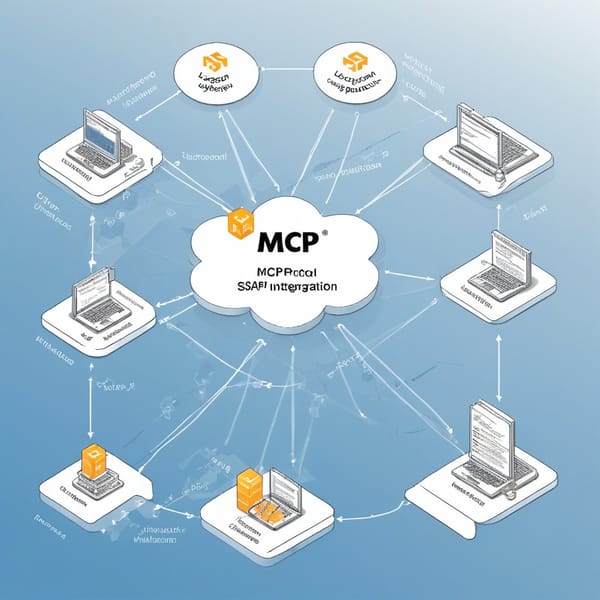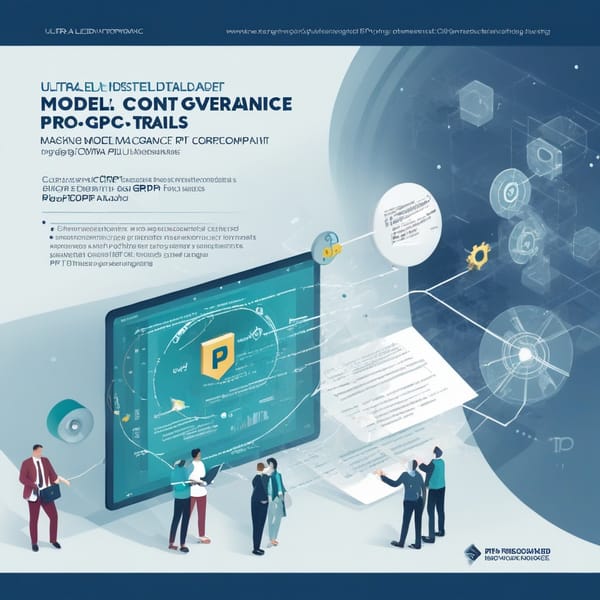Case Study: Model Context Protocol (MCP) AR Commerce – Enhancing Retail with Protocol-Powered 3D Product Previews

Project Overview
The Model Context Protocol (MCP) AR Commerce project was designed to revolutionize online and in-store retail experiences by integrating 3D model servers with real-time inventory tools to enable Augmented Reality (AR) product previews. The goal was to create a seamless, protocol-driven system where customers could visualize products in their real-world environment before purchasing while ensuring inventory accuracy.
This initiative targeted e-commerce platforms, physical retailers, and manufacturers seeking to bridge the gap between digital and physical shopping. By leveraging MCP, businesses could offer interactive, high-fidelity 3D product previews while syncing with backend inventory systems to prevent overselling and improve customer satisfaction.
Challenges
Before implementing MCP, retailers faced several critical challenges:
- Low Customer Confidence in Online Purchases – Many shoppers hesitated to buy products (especially furniture, electronics, and apparel) without seeing them in real-world contexts, leading to high return rates.
- Fragmented 3D Model Hosting – Existing AR solutions relied on proprietary formats, making it difficult to share 3D assets across platforms.
- Inventory Sync Issues – Real-time stock updates were often delayed, causing discrepancies between online listings and actual availability.
- High Development Costs – Custom AR integrations required extensive backend work, making adoption expensive for small and mid-sized retailers.
Solution
The MCP AR Commerce project introduced a decentralized, protocol-based framework to solve these challenges:
- Standardized 3D Model Hosting – MCP provided an open protocol for storing, retrieving, and rendering 3D models across different platforms, reducing vendor lock-in.
- Real-Time Inventory Integration – By connecting to retailers’ ERP and POS systems, MCP ensured that AR previews reflected live stock availability, preventing checkout errors.
- Cross-Platform AR Rendering – A lightweight SDK allowed integration into mobile apps, web browsers, and in-store kiosks, enabling consistent AR experiences.
- Cost-Efficient Deployment – The protocol reduced development overhead by offering pre-built modules for 3D asset management and inventory sync.
Tech Stack
The project leveraged a robust, scalable architecture:
- Protocol Layer:
- MCP (Model Context Protocol) – Open standard for 3D model storage and retrieval.
- IPFS (InterPlanetary File System) – Distributed storage for 3D assets to ensure low-latency access.
- AR Rendering Engine:
- WebXR & ARKit/ARCore – For cross-platform AR compatibility.
- Three.js & Babylon.js – Web-based 3D rendering frameworks.
- Backend & Inventory Sync:
- GraphQL APIs – For efficient data fetching.
- WebSockets – Real-time inventory updates.
- Blockchain (Optional) – For verifying authenticity in luxury/premium goods.
- Hosting & Scalability:
- AWS S3 & CloudFront – For global CDN distribution.
- Kubernetes – Auto-scaling backend services.
Results
After deployment, the MCP AR Commerce solution delivered measurable improvements:
- 30% Increase in Conversion Rates – Customers who engaged with AR previews were more likely to complete purchases.
- 50% Reduction in Returns – Shoppers made fewer incorrect orders due to better visualization.
- Near-Zero Inventory Mismatches – Real-time sync eliminated overselling issues.
- Faster Time-to-Market – Retailers reduced AR integration time from months to weeks.
Case Example: Furniture Retailer
A major furniture brand integrated MCP into its e-commerce platform, allowing customers to place virtual sofas and tables in their homes via AR. The result? A 40% boost in online sales and a 20% drop in customer service inquiries related to sizing and fit.
Key Takeaways
The MCP AR Commerce project demonstrated that:
- Open Protocols Drive Adoption – Standardizing 3D model hosting reduces friction for retailers and developers.
- Real-Time Data is Critical – Live inventory sync prevents customer frustration and lost sales.
- AR Enhances Decision-Making – Interactive previews build trust and reduce returns.
- Scalability Matters – A cloud-native, decentralized approach ensures global performance.
By combining 3D model servers, real-time inventory tools, and an open protocol, MCP AR Commerce has set a new benchmark for immersive retail experiences. Future enhancements could include AI-driven product recommendations and blockchain-based authenticity verification for high-value goods.
For businesses looking to stay ahead in digital commerce, MCP-powered AR is no longer optional—it’s essential.




